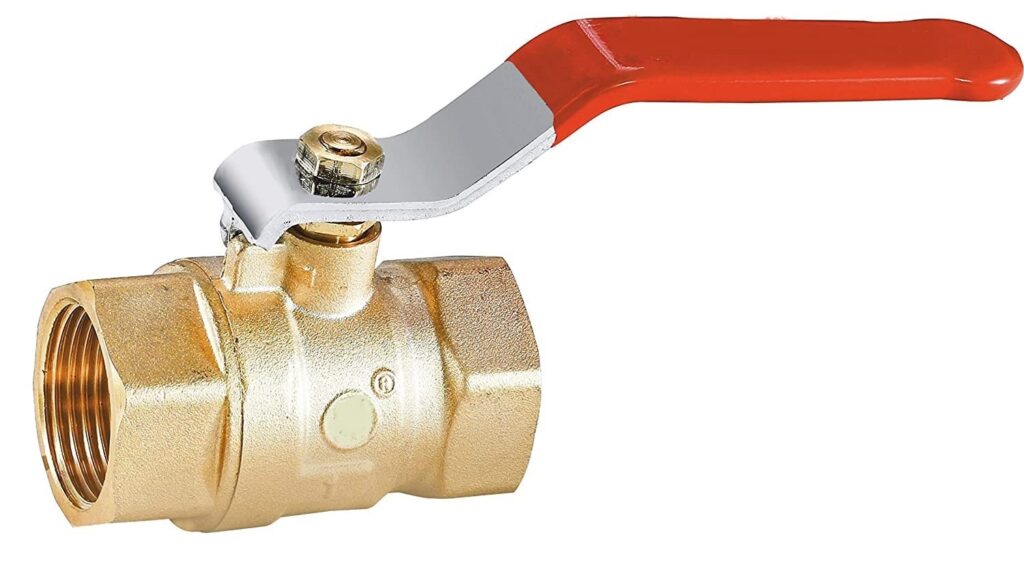Check valves play a critical role in ensuring the proper flow direction and protecting systems from backflow, which can lead to damage, contamination, or system inefficiencies. Properly incorporating check valve symbols in piping layout and design can significantly improve the functionality, safety, and efficiency of a system. These symbols, typically found in piping and instrumentation diagrams P&IDs, help engineers and designers visualize the check valve’s role in the flow path, making it easier to design systems that operate reliably and efficiently. One of the primary advantages of using check valve symbols in piping layouts is that they provide a clear representation of the valve’s function. Check valves are designed to allow flow in only one direction, preventing reverse flow that could damage equipment or disrupt system operations. By incorporating these symbols early in the design process, engineers can ensure that the check valves are placed at the correct locations to avoid costly mistakes during installation or operation.

A check valve should be positioned in lines where backflow could harm sensitive equipment, such as pumps or compressors. The symbol itself conveys this critical information in a concise and standardized way. Moreover, check valve symbols enhance communication among team members and across departments. In a large-scale engineering project, multiple professionals, including designers, engineers, and contractors, may be involved in creating and reviewing piping systems. The use of standardized symbols, such as those for check valves, ensures that all parties understand the system’s flow direction and the role of each valve without ambiguity. This is especially crucial when managing complex systems where different parts of the design may be handled by different teams. The use of a universally accepted set of symbols streamlines collaboration and reduces the chances of errors in interpretation. Another benefit of using check valve symbol is that they assist in optimizing space and layout during the design phase.
When engineers are planning the routing of pipes and the placement of valves, they must consider factors like accessibility, maintenance, and potential flow restrictions. The symbols help designers identify where check valves should be installed and whether there is enough space for them. This can help avoid conflicts in the layout, such as having a check valve too close to another valve or obstruction, which could complicate maintenance and future upgrades. Additionally, the inclusion of check valve symbols allows engineers to assess the performance of the piping system. By accurately representing the location and function of each check valve, engineers can simulate flow conditions and detect any potential issues, such as excessive pressure buildup or flow restrictions. This can be particularly important in systems where maintaining optimal flow is critical, such as in water treatment plants or chemical processing facilities. Early identification of these issues through symbolic representation can lead to more efficient designs and better-performing systems.
